Foraging in Central Park - July 29, 2000
Based on a walk given by "Wildman" Steve Brill in Central Park, Manhattan. These are in fine compression.
1: Wisteria. Flowers are edible, seeds and leaves are poisonous. Blooms in spring, but you will get some summer blooms where it has been cut back.
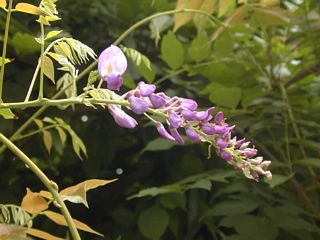
2: Epazote. Can dry and save. You don't eat it, but use as a seasoning in bean dishes.

3: Epazote. Close up of flowers.
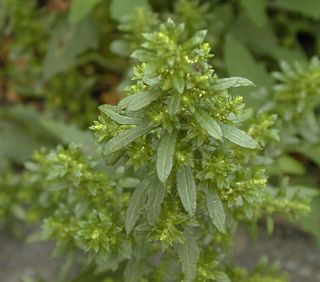
4: Lamb's quarters. A wild spinach. Eat in salad or steamed.
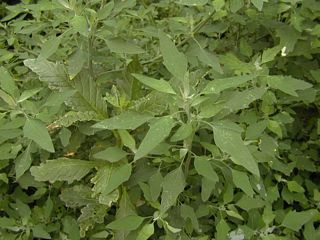
5: Hackberries. Not ripe yet.
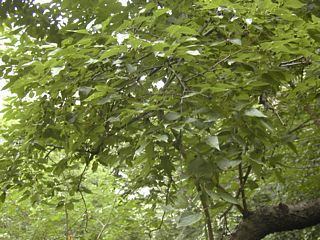
6: Central Park Lake
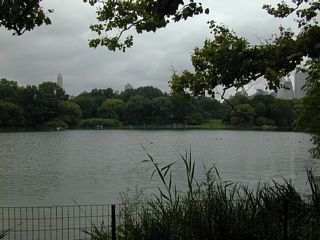
7: Central Park Lake

8: Poor man's pepper
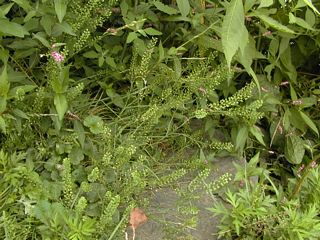
9: Gill-over-the-ground, or ground ivy. Can make tea with fresh leaves. Is in the mint family.

10: May apple. Green on plant is poisonous. When fallen and yellow is delicious.
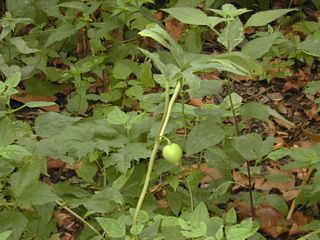
11: May apple. Wildman about to eat a ripe one.

12: May apple leaves

13: Wild raisin. Ripe in October.
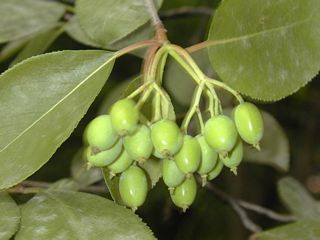
14: Doubles arches on 77th St. bridge. Under the left one was originally an extension of the lake.
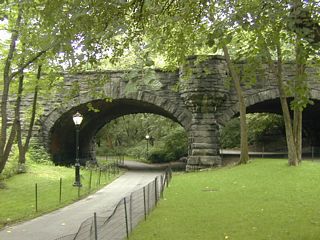
15: Wineberries. An Asian raspberry. Humans have taken most.

16: Wineberry closeup.
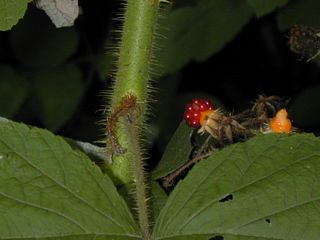
17: Extension of Central Park Lake
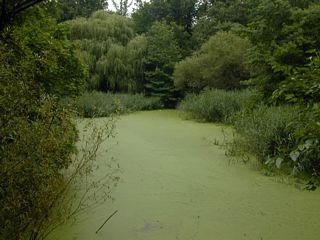
18: Black cherries

19: Sweet gum tree. See five pointed leaf. Not edible. Crush leaf and smells like furniture polish.

20: Indian pipe. Native American plant. A wildflower that parasitizes tree roots. Does not make chlorophyll.
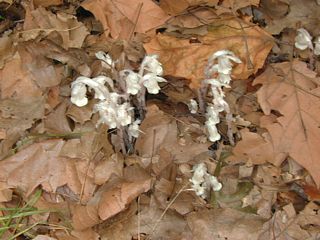
21: Reishi mushroom. Need to boil two hours.
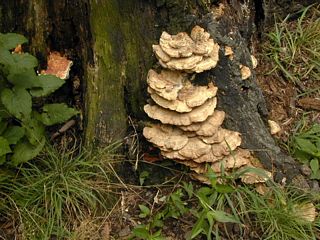
22: Common nightshade. Poisonous, but won't kill you.

23: Spider that one of the kids found while eating lunch.

24: Garlic mustard. Leaves in summer too bitter.

25: Garlic mustard root. Is good now. Like horseradish.

26: Burdock. 1st year. Can dig up root. Slice diagonally and cook.

27: Burdock. 2nd year. Not edible.

28: Bitter dock flower
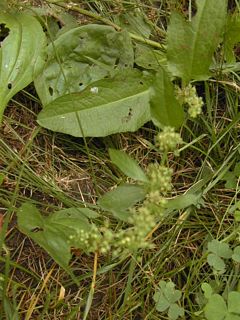
29: Bitter dock seeds
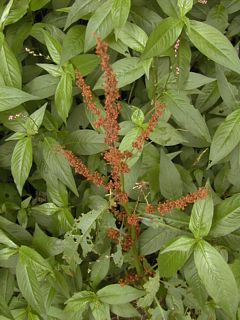
30: Poke weed. Poisonous seeds.
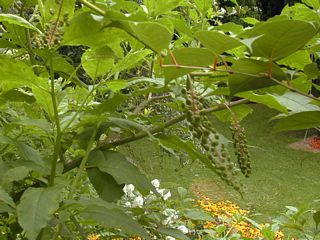
31: Lady's thumb. A mild salad green. In smartweed family.

32: Common plantain. Seeds are edible. Steve doesn't like.
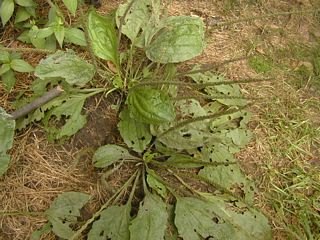
33: Blackberries. European cut leaf variety.
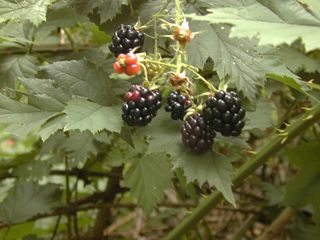
34: Elderberries. But no berries!

35: American persimmon. But no fruit this year.

36: Kentucky coffee tree beans. Poisonous now. Must be baked 3 hours at 300 degrees. Must cover as they will pop. Then grind up. Can collect year round.
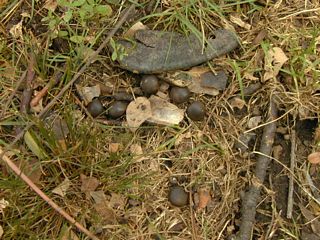
37: Kentucky coffee tree leaves.

38: Garlic mustard. 2nd year. Can collect seeds. Put in at end of cooking.

39: Common violet closeup. New small leaves edible. Root poisonous.

40: Field garlic. Drooping. Seeds edible now. Also bulbs, but small and hard to peel.

41: Sassafras tree. Note three leaf shapes.

42: Sassafras root. Can make tea from it. Flavor is in the cambium, the outer layer on the root.
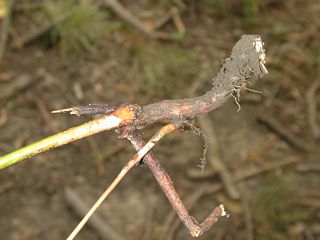
43: Wood sorrel. Nice patch near Belvedere Castle. Note heart shaped leaves.
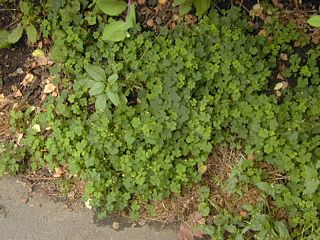
44: Chickweed. Small patch. Bigger one now covered with wood chips.
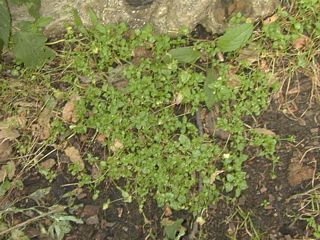
45: Blueberries near Belvedere Castle. Surprising that humans didn't get them first.

46: Yew berries. Berry is edible, but seed is poisonous.

47: Apple

48: Cornelian cherry. Still green. Different trees ripen at different times. Needs to be a dark red to be good. If bright red will ripen at home.

49: Cornelian cherries on the ground.

50: Someone found a caterpiller.

51: Juneberry bush. Season is past. In June.

52: Hawthorne. Too early.
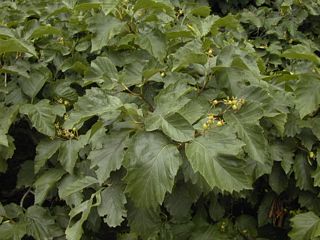
53: Purslane
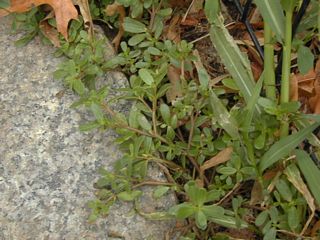
54: Peach tree. There are three of them south of the 86th St. transverse road.
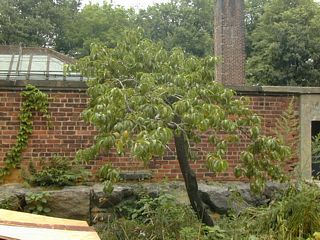
55: Peaches. Not ripe yet.
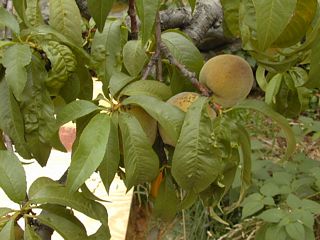
© Don Wiss 2000-2024. All rights reserved.





